Part 2: KitchensWhen we design kitchens at The Open Plan our overriding thought is how eco can we make this project. Recently we have installed a number of kitchens with admirable eco credentials. We want to share the three easy ways to insure that your big investment is also making an ecological difference too.
1. Ditch the Plastic Wooden kitchens ensure that no plastic enters your home and they can be repainted when you fancy a re-fresh, unlike plastic kitchens which can date quickly. Then consider wood or tile worktops as alternatives to unsustainable and unethical stone mined in far-flung countries. Wood has inherent anti-bacterial properties and can be re-sanded and oiled to erase years of use and UK and European ceramic and porcelain tops are much more harder wearing and easier to clean than natural stone too. 2. Re-new Should you want to avoid a massive renovation project, and have a "good-bones" yet dated kitchen, consider changing the worktops and fronts. Companies like Naked and Plykea have some gorgeous options. When changing tops you could also install gorgeous terrazzo made from reclaimed stone and glass. Finally consider using freestanding, vintage pieces such as sideboards, wall cupboards and dressers to add mis-matched interest to the room. 3. Made in the UK Choose a kitchen company that designs, sources materials sustainably and makes its kitchens in the UK? This will mean that as little as zero sea and air miles are accumulated. Plain English Design and Yorkshire Pine Factory can advise you on their FSC timbers and European worktops. Proximity is key. Contact Us to find out more and let us assist you with your eco interior design project.
0 Comments
Feel the pressure of everyday life? Can't afford the time or money for a Tropical Holiday? Then how about you making your home a more tranquil space to relax and even be Mindful in? At The Open Plan we've been researching the mindful movement, along with Minimalism and Marie Kondo's slightly strange views on tidying, so here are the key points we've gleaned from these experts when it comes to designing your calm space. Minimalism - Yes, we believe that "Less is more" and that Yes, we could all do with a little minimalism in our lives. Basically the less clutter you have the more attractive and easy to maintain your home will become. Coupled with over-consumption destroying The Environment and the acquisition of and any subsequent loss of an inanimate objects stressing us out, it's time that we re-evaluate how much stuff we have in our lives and how to place, store and look after it.
When it comes to interiors, the most beautiful are always incredibly tidy allowing each piece of furniture and decor to shine which in turn gifts the space with, well, more space. Clear floors, styled coffee tables and empty worktops always look less cluttered, more organised and well, not stressful. Marie Kondo sites mess as visual clutter which overwhelms people causing a cognitive overload which can cause inaction at the thought, not knowing where to start or at the very least an unconscious low-level anxiety. Of course keeping on top of any household takes time and effort but if the end means that you'll be existing in a more calm and tranquil space at the end of each busy day, it's worth the effort. Mindfulness<>Tidying - As the Buddhist Monk Shoukei Matsuoto explains in his book 'A monk's Guide to A Clean House and Mind', tidying and cleaning can be exercises in mindfulness. When your advised to do something to take your mind off things, this is exactly the same principle the monks use, where performing a simple (or mindless) cleaning task can help to distract and calm the mind. Cleaning, like fishing or knitting, whilst still being activities, take little concentration and in that way can be seen as a meditative activity. So if time and or money prevents you from going to a spa you can give your over anxious brain a rest and refresh whilst polishing or ironing. Yes I'd rather go to a spa any day but approaching dull tasks in this frame of mind does help you to get the job done and help you to switch off for a while. Experiences not Stuff - In his book 'Stuffocation, Living More With Less' James Wallman discusses the positive effects on a person who looks to put less worth on objects and more on living. For example a few months off buying clothes for me would certainly pay for a holiday somewhere fun, relaxing or adventurous which would not only benefit my mental state of health but would give me priceless memories and life-experiences that would far outlive the few seconds of adrenalin making a new purchase. So what if we could gear our spaces to bring us more pleasure and space to have fun? We all could do with a quiet space in sound and appearance or opening up a floor space where you and yours can play and stretch out on be it for a spot of Yoga or watching Marie Kondo do the tidying on Netflix. Calm Interiors - So we've stated the obvious that a tidy home is a better home and that we could all do with a space to be more mindful in but how do we go about meaningfully transforming our interior spaces? Here's where you need to start Step 1: De-clutter - YOU DO NOT NEED ALL OF THIS STUFF. What you do need is a good old fashioned spring clean. I find that making it into a personal competition to see how much I can dispose of, recycle and donate helps. I also find that a nightclub policy of one-in-one-out works well too. Got a new pair of trainers, donate the scruffy ones you've stopped wearing. Then recycle all of those old magazines, cables and half used bottles in the bathroom that are gathering dust (more things to bloody clean). This way you'll at least be attempting to keep the clutter in check. Step 2: Storage - Marie Kondo would have you throw it all out if it didn't "Spark Joy" but in the real world it is hard to part with things. Still you must at least attempt to de-clutter if only to spend less time and money storing it all. Next, let's find an under-used space. Have an empty wall? Then install a shelving unit. Place a new cupboard (a vintage one is nice) or baskets in your bathroom, to keep at hand but out of sight, all of those noisy, ugly bottles and tubes. Need a new bed? Make sure it's a storage bed that lifts up to reveal litres of storage space and elevate things off of the floor so that you can clean without adding to the job by lifting piles of tat and furniture. Grouping things together is an easy way to organise, so If you collect anything, be it seashells, books or Japanese teapots, do not scatter these around the home, instead meaningfully display them together which will make for a great focal point and speed up the cleaning too. Step 3: Colour & Texture - We love colour but not in every room, so at least one space should have a humble colour scheme which is proven to be restful and restorative. Very simply you need the walls in a neutral colour, think the colours of the pebbles on a beach. Next, add in a dose of lushness with plants that not only recycle the stale air in your home but connect you to the natural world if even in a small way. However don't go overboard as plants need bloody dusting too. Finish this with a natural materials such as real wood (cladding and furniture), sisal (rugs and runners), clay or terracotta (pots and tiles) and stone (flooring and worktops). Go for white everywhere else. So do yourself a favour: have a clear out, ditch the excess packaging and items you haven't used in years and treat at least one room to a calm makeover. Should you need a little a little more help with Calming your home - Call us! As we'd love to help So now you're colour scheming like a pro? (You will be if you've read Parts 1-3) You've shortlisted a bunch of colours. Next stage is to test them out. Let's buy some sample pots. Save yourself time not money
Too many times I've skimped by only buying 2-3 sample pots only to find that they're not quite right. Then it's back to the shop/website to buy another followed by yet another visit to buy one more - Argh! If you've got 5+ colours on your shortlist buy them all now. For the sake of another £4 per pot it'll save you so much time. Whilst you're at it buy a good quality roll of wallpaper lining paper too. Paint 'em up Here's where you need your lining paper. Take a good meter of paper per colour and paint the whole piece. Leave to dry. Now you have portable large-scale colour samples. Take each colour and stick them on the wall that receives the most light, then the darkest wall. If the paint will be on any horizontals such as shelves lay the samples down too. This will give you the best idea of how the colours look in the actual room and at different times of the day and under artificial light be it vibrant or dull, yellow or pink tinge, cold or warm. It's possible that you'll also spot colours which work better together immediately. Decision time You should by now know which colours to use so here's a paint calculator to help you get your paint quantities right but if you still haven't decided by now call us at The Open Plan as we'll be happy to help. Eco call! Should you have sample pots or paint left over please don't throw them out. Instead take a look at our post on decorating ideas with un-used paint. Alternatively, you can donate your paint to re-cycling schemes such as Community Repaint based at local refuse sites across London and the UK who will redistribute paint to worthy causes and even re-process old paint into brand new paint as well as recycle the plastic pots and tins. |
AuthorOne of London's Best Interiors Bloggers (Ideal Home magazine), The Open Plan Interior Design, London produces contemporary interiors for homes and business' and this very useful home interiors blog Archives
July 2023
Categories
All
|







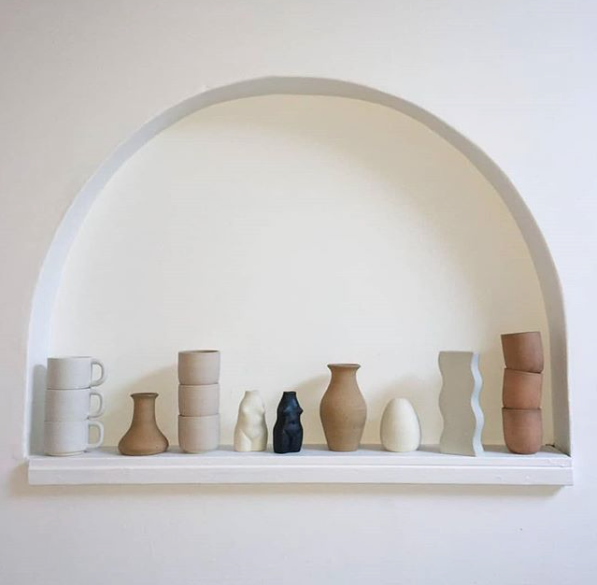

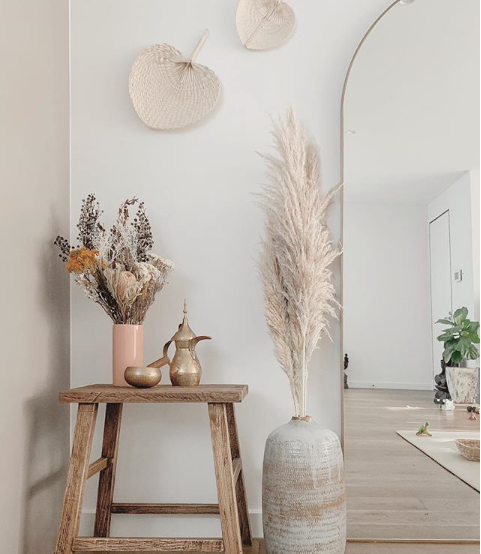

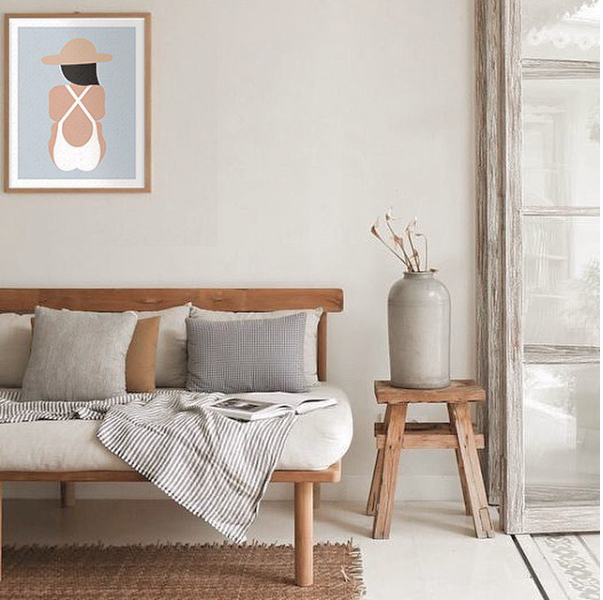

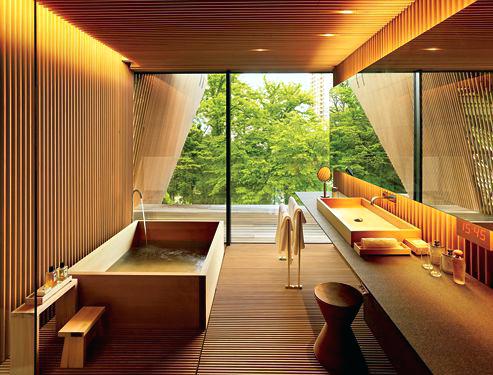

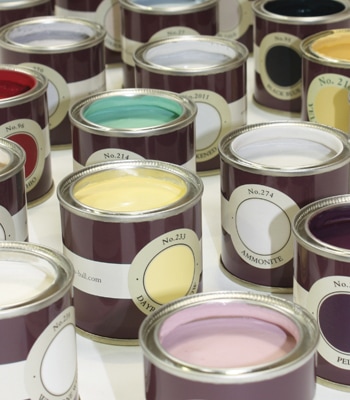
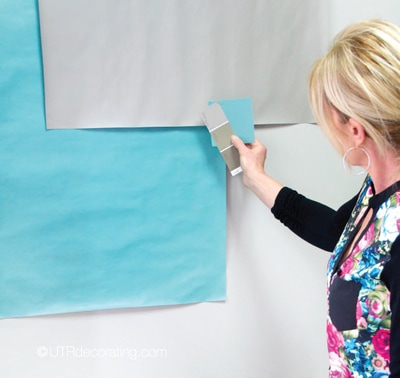
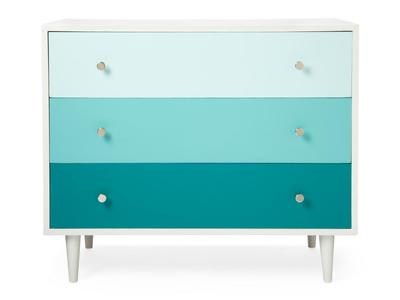
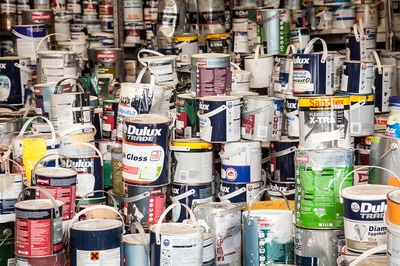
 RSS Feed
RSS Feed